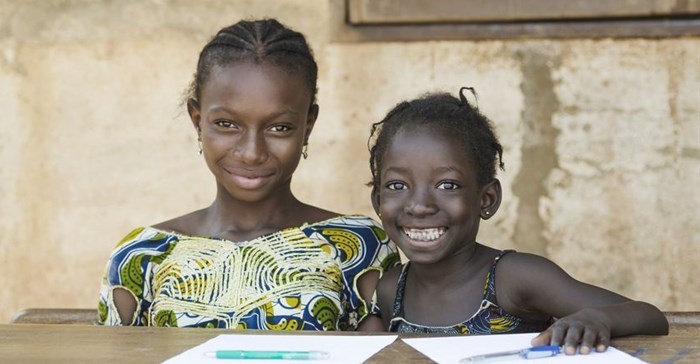
Top stories






More news












That means we have to be very careful about how we communicate, especially when we’re designing and developing websites, social media campaigns and other marketing collateral – all these things tell the stories of the organisations we represent, and of the people they work with.
Storytelling is one of the most powerful instruments for these entities. It helps them to collect donations or to show just how socially responsible they are, equipping them with the requisite “social licence” to continue their work.
Storytelling is primal. Humans have always told stories, and we always will.
When your brain hears or sees a story, your neurons fire in the same way as the speaker’s neurons do. This is known as neural coupling.
Stories also “light up” more of our brains than factual reporting, and when we hear or see a story that positively engages us, we produce the feel-good hormone oxytocin, which increases feelings of generosity, compassion and trust.
The modern world is full of facts. They come at us from all sides, and it can be overwhelming to take them all in. Humans have always instinctively known that stories can cut through a host of figures and crushing facts to deliver whatever underlying message the storyteller chooses.
We need to pick our words and images with great care. As a writer, I am very aware of this responsibility, and that prompted me to turn to one of our past clients, Africa No Filter.
The NGO works to shift stereotypical narratives of Africa through the development of nuanced and contemporary stories. To help people like me, it has created a free short course: Storytelling: How to write about Africa.
The online course, which can be completed in your own time, gives detailed practical examples of ethical and unethical stories about Africa, and pointers on what to consider before and while putting together stories about this enormous and hugely diverse continent. What follows is a general distillation of the course.
When storytellers blur the distinctions between individual countries or the distinctions between regions within one country, they ignore diversity and convey the notion that the society in question is homogenous. They tell “a single story”, and this is untrue of any society or community.
Award-winning Nigerian author Chimamanda Ngozi Adichie explained it so well when she famously warned of the danger of a single story in a 2009 TED Talk, saying: “The single story creates stereotypes, and the problem with stereotypes is not that they aren’t true, but they are incomplete. They make one story become the only story.”
This type of stereotyping has been used to evoke feelings of pity, particularly when it comes to the portrayal of Africa and the rest of the developing world. It’s a method often deployed by NGOs to garner donations.
These stories convey the idea that it is only through the help of the organisation in question that the community it is aiding will be “saved”.
Also, local people and local organisations working to alleviate the situation are often left out of the narrative, further underlining the idea that it is only by supporting the foreign aid organisation that the situation will be resolved.
We need to unlock better, more nuanced stories about the developing world, ones that recognise our common humanity and the agency that local communities so often display.
Ethical storytelling avoids harmful narratives and stereotyping and shows all people, wherever they are, as being capable and innovative. Portraying a nuanced, multidimensional and realistic view of any person, community or place is important if we are to contribute to a better understanding between people and, in so doing, promote a more inclusive, more peaceful world.
The ethics of storytelling are especially important when the people and places that are central to the stories being told have historically been portrayed as poor, marginalised, lacking in agency and dependent on handouts.
While it does not shy away from discussing problems and challenges, it also provides local context, nuance and specific details (such as local statistics and place names) that create a multidimensional tale.
We need to find ways to show how the developed world can continue to help people in the developing world while also acknowledging that developing communities (and individuals) have knowledge and assets that they can, and do, use to improve their circumstances.
Creating nuanced, multidimensional stories about the developed world is also vital – too often that world is portrayed by a single story, too.
Ethical stories highlight the collaboration between people in the developing world and the organisations they form and let those actors play a central role in showcasing the challenges they face.
Storytelling happens not only in writing. It lies in the images we use and in how we present our words and pictures. It all counts.
Before a story is written, before a website is designed and developed and before a public relations or social media campaign is put together, we should ask ourselves these key questions:
Stories matter, and we in the communications industry often use them with the best of intentions, especially when doing work for NGOs.
We cannot, however, lose sight of the fact that often, we use the actual experiences of people who have less power than we do to tell a story and, in effect, sell an organisation. We need to do this with humility and a deep sense of responsibility.